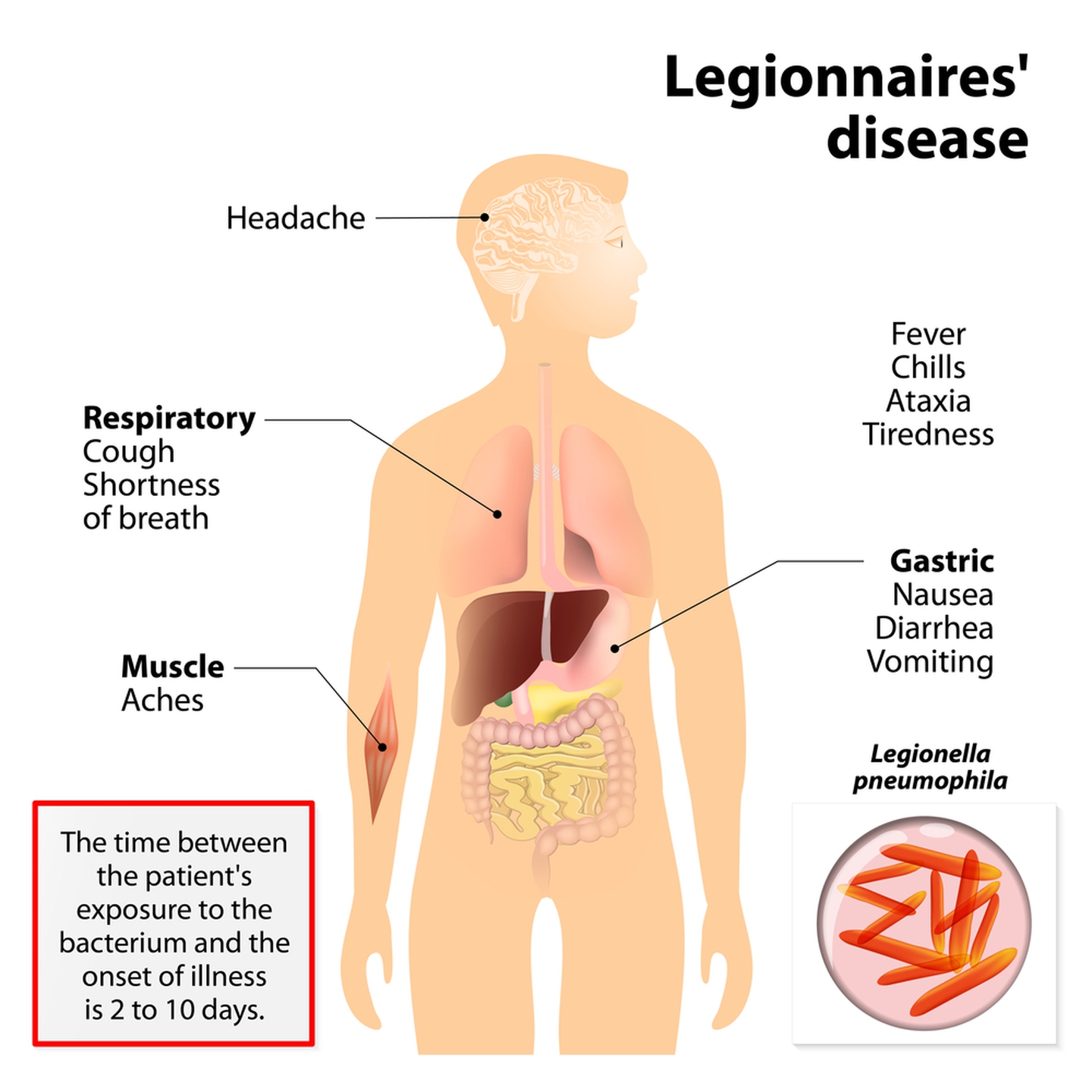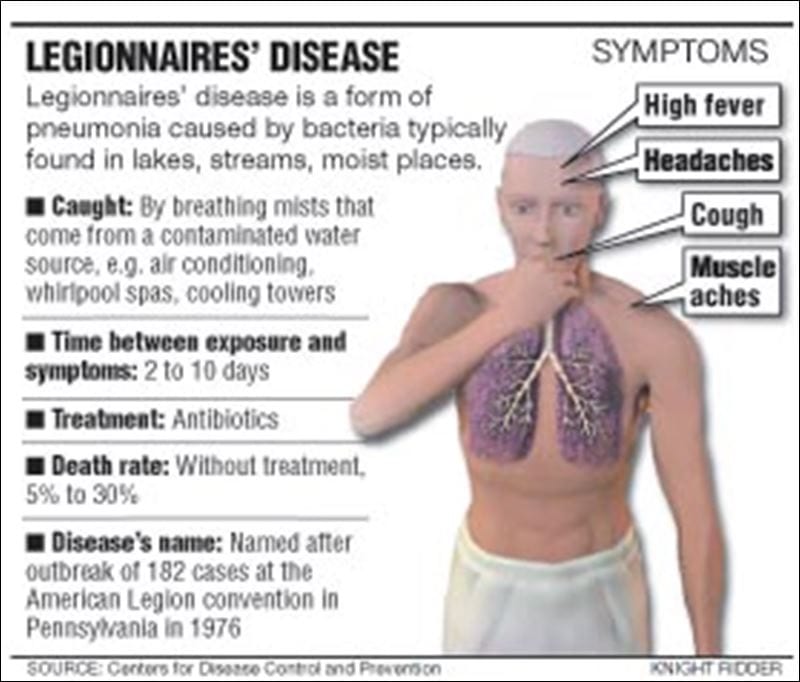Legionnaires Disease Symptoms, Cause, Treatment, History, Recovery & Diagnosis: An Atlanta hotel has been shut down for the reason of a breakout of Legionnaires’ disease. The disease has caused Atlanta’s downtown Sheraton to shut its doors so the officials can run the required tests on the hotel. As per to the WSB-TV, there have been three confirmed cases of the disease which are expected to have been resultant from the hotel.
Legionnaires Disease
Ken Peduzzi, who is the general manager of the Sheraton has released a statement regarding this concern, he stated, “The health and safety of our guests is our greatest priority. We are working closely with public health officials and outside experts to conduct testing to determine if Legionella is present at the hotel. As a result, out of an abundance of caution we have made the decision to close the hotel while we await the results. The Sheraton Atlanta is currently working to relocate its guests to nearby hotels. It is also reaching out to guests with upcoming reservations to assist in directing them to other nearby hotels. Guests whose reservations have been canceled will receive a full refund.”
Legionnaires’ Disease Cause & Treatment
As this disease has catches up a lot of buzz in the news and everyone is curious to know more about this illness, we have gathered all the major information regarding this, so let’s get started….
Legionnaires’ disease is a severe form of pneumonia, which is caused by a bacterium known as legionella. Older adults, smokers as well as those people with weakened immune systems are mostly vulnerable to legionnaires’ disease. Most people also get legionnaires’ disease from inhaling the bacteria.
The legionella bacterium is also responsible for causing Pontiac fever, a milder illness similar to the flu. Distinctly or together, the two illnesses are occasionally called legionellosis.
Pontiac fever usually clears on by its own, but untreated legionnaires’ disease on the other hand can be fatal. Even though quick and right treatment with antibiotics typically cures legionnaires’ disease, some people still carry on to experience problems even after the treatment.
Legionnaires’ disease Symptoms
Legionnaires’ disease generally grows 2 to 10 days after the contact to legionella bacteria. It often starts with these initals in signs and symptoms which are as follows:
Headache
Muscle pain
Chills
Fever that may be 104 F (40 C) or higher
By coming to the second or third day, you’ll develop additional signs and symptoms that may comprise of:
Cough, which may also bring up mucus and at times blood
Gastrointestinal symptoms, like nausea, vomiting and diarrhea
Chest pain
Shortness of breath
Confusion or extra mental changes
Legionnaires Prevention
Well, legionnaires’ disease is also preventable for which you have to carefully clean and disinfection of water systems, pools as well as spas. Avoid smoking as it is the single most significant thing that you can do to lower your risk of infection. Smoking also increases the chances of developing legionnaires’ disease if you’re exposed to legionella bacteria.


Leave a Reply